The first cycling Grand Tour of 2011 is underway, and three days in, it is already filled with drama and extreme sorrow.
The drama is the sort associated with highly competitive professional racing. The sorrow comes from the death of a rider: also part of the incredibly dangerous sport of cycling, but one thankfully rare enough, it is usually forgotten.
26-year-old Belgian Wouter Weylandt, a rider with the Leopard-Trek team, crashed on a difficult descent and died of his injuries.
Wouter apparently went over a wall on the side of the road and fell 60 feet to the pavement below. Paramedics were on the scene almost instantly and made every effort to revive him. He sustained head injuries so severe, there was nothing the doctors could do.
“It’s the unthinkable,” race leader David Millar told VeloNews.com. “It’s probably a one-in-qa-million thing if you had to put a number on it. At the same time, it could happen on any corner or descent. The bottom line is, the guys who are here and racing are the best cyclists in the world, but the best can have a mechanical or can find themselves in the wrong place or the wrong time and have that happen.”
Professional cyclists are a close-knit bunch, travelling and racing together throughout the season. Wouter had many friends in the peloton, but this tragedy touches even those who never knew him.
Wouter won Stage Three of the Giro in 2010.
The Racing
This year’s Giro is unusually mountainous. eight actual mountain stages, six mountaintop finishes, and the Stage 16 Time Trial which is a steep, 12.7 km climb up the side of a mountain. Stage 18, while not counted as “mountainous,” has a Cat 2 climb in the final quarter to torture sprinters.
This route will beat up the sprinters, so that when they hit the occasional flat stage, they will either be out for blood, or already beaten bloody and unable to go flat-out.
Team HTC-Highroad finished in 20:59 at a speed of 34.3 mph, ten seconds ahead of U.S. team Radio Shack. Omega Pharma-Lotto, Liquigas Cannondale, and Garmin-Cervelo filled out the top five.
Petacchi made a few subtle course changes, shifting left when Cavendish tried to pass on the outside and back to the right when Cavendish decided to go inside instead.
Cavendish called for Petacchi’s disqualification after the race, but with an Italian rider winning a stage in an Italian race, no one was surprised when the stewards supported Petacchi. Cavendish did earn the race leaders’ pink jersey as a sort of consolation prize.
Stage Three
Stage Three included a Cat Three and a Cat 4 climb, the latter in the final ten kilometers, to slow or possibly split the field—which is exactly what happened.
After the first four-man breakaway was ridden down before the climb, a second group set off: Christophe Le Mevel of Garmin Cervelo, Pablo Lastras of Movistar, Daniel Moreno of Katusha, and Angel Vicioso of Androni made a bid to spoil the race for the sprinters.
Le Mevel’s teammate David Millar made an immense effort to bridge across to this group with only a few kilometers to go.
Millar convinced Le Mevel to attack first, then took off himself, but Androni’s Angel Vicioso positioned himself perfectly in the final turn to gain a slight advantage and won the sprint.
Millar was still rewarded for his efforts: he won the race leader’s pink jersey.
The podium celebrations were cancelled because of Wouter’s accident; Millar was handed the jersey while waiting in line for post-race inspection.
Stage Four has the Cat 3 Passo del Bracco in the first third, and the Cat 4 Castellaccio 20 km from the end. Probably there will be time after the climb for the sprinters’ teams to take control; expect a group sprint finish.
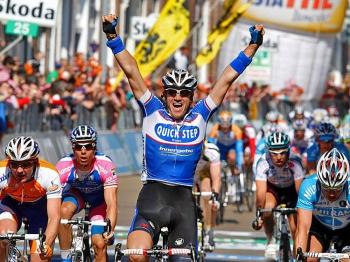
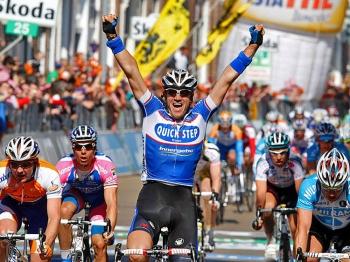
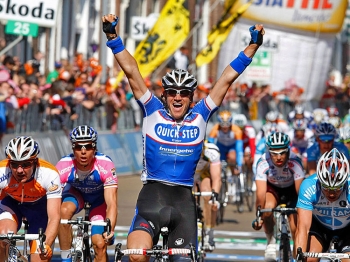
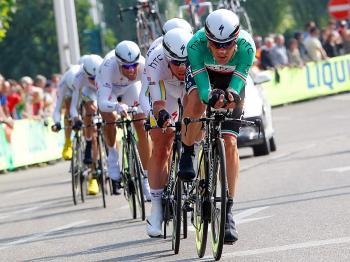

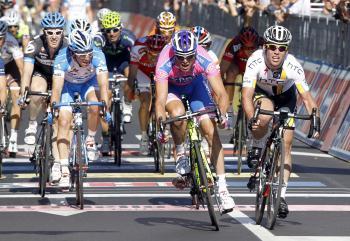
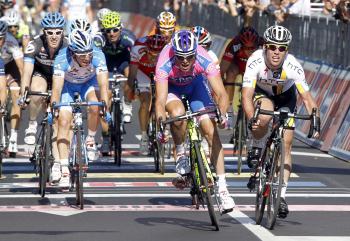
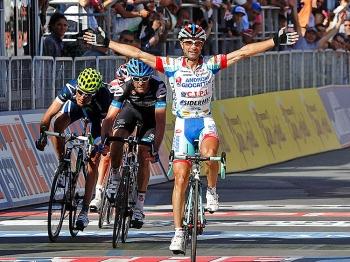

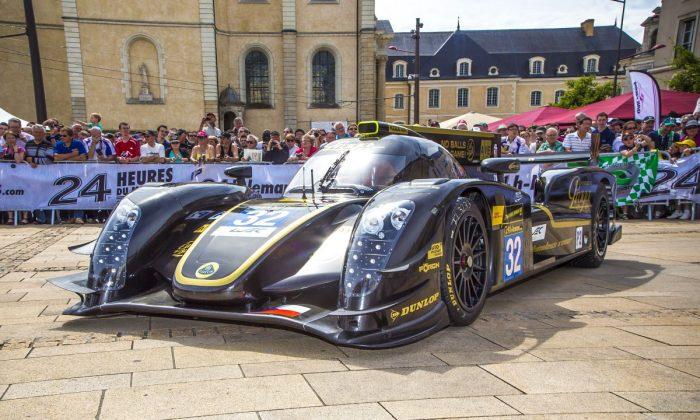

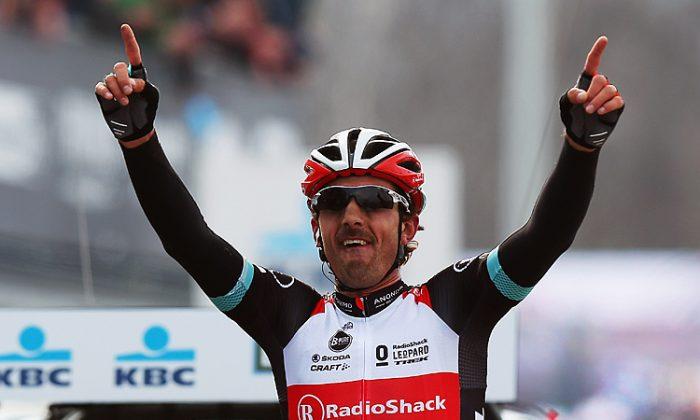
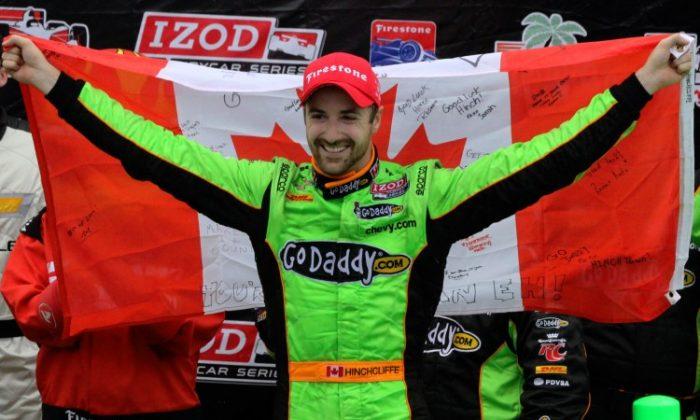
Friends Read Free